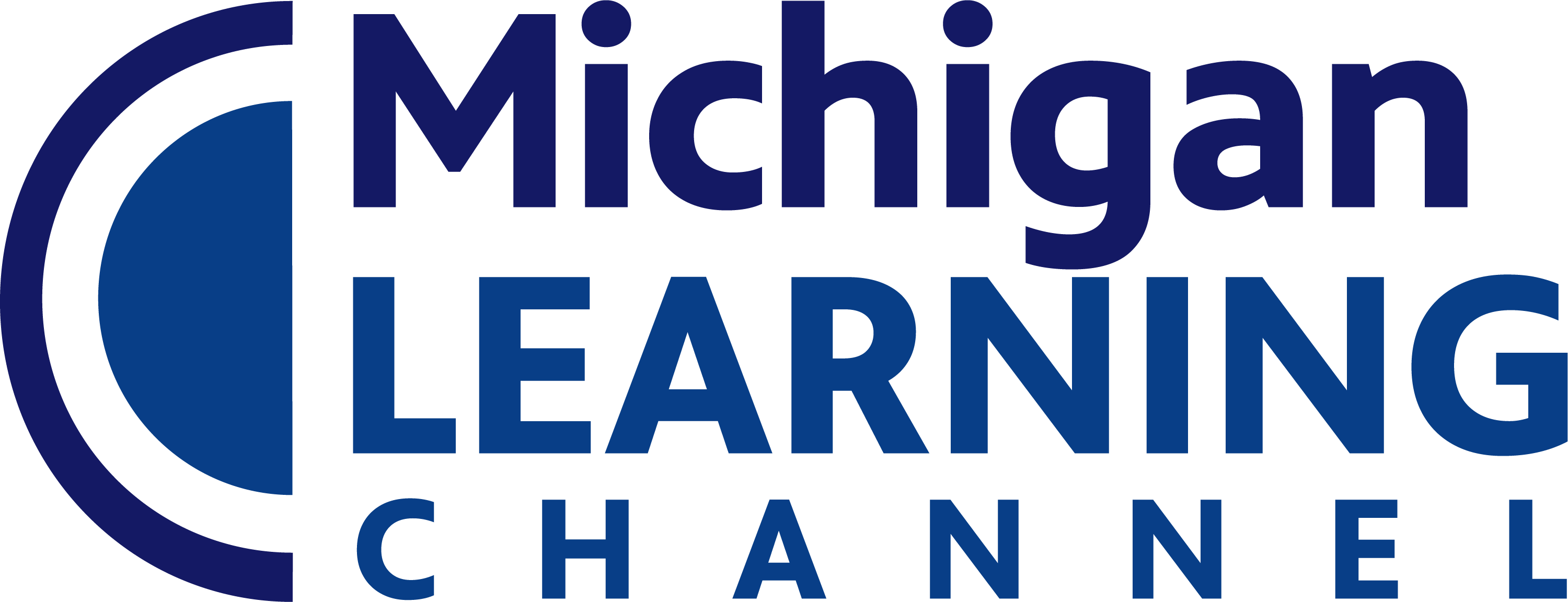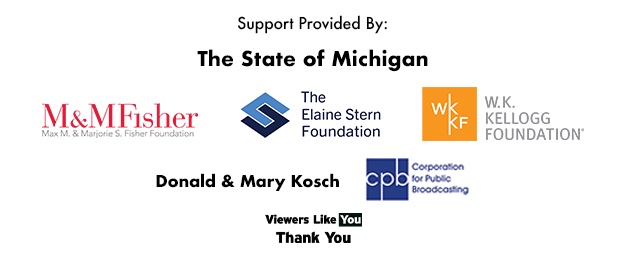Grades
Standard
I can identify digital tools that will help me produce and publish my writing. I can use digital tools to [...]
I can define research and explain how it is different from other types of writing. I can research a topic [...]
I can identify and follow up on rules for discussion. I can make connections between comments of others.
Follow agreed-upon rules for discussions (e.g., gaining the floor in respectful ways, listening to others with care, speaking one at [...]
Build on others’ talk in conversations by linking their comments to the remarks of others.
Ask for clarification and further explanation as needed about the topics and texts under discussion.
I can identify information from a text being read aloud. I can identify information that is presented in different formats. [...]
I can ask a speaker questions to get more information, to understand a topic better. I can ask a speaker [...]
I can tell a story or share an experience with facts and appropriate details. I can tell a story or [...]
I can read aloud stories or poems and use my voice to make them come to life. I can speak [...]
I can recognize a complete sentence. I can speak using complete sentences.
I can define collective nouns and use them correctly. I can identify irregular plural nouns and use them correctly. I [...]
Form and use frequently occurring irregular plural nouns (e.g., feet, children, teeth, mice, fish).
Form and use the past tense of frequently occurring irregular verbs (e.g., sat, hid, told).
I can recognize the main idea in a text with more than one paragraph. I can identify what each paragraph [...]
I can identify historical events. I can identify scientific ideas or concepts. I can identify the steps in a process. [...]
I can identify words and phrases that are specific to a the topic of a text. I can use information [...]
I can identify and give examples of text features. I can explain how text features help locate key facts or [...]
I can identify purposes for reading. I can read a text and identify the author's main purpose for writing it.
I can explain how the images add meaning to words. I can use images and words in a text to [...]
I can identify specific points the author makes in a text. I can describe the reasons the author uses to [...]
I can identify the most important points found in two texts on the same topic. I can compare the most [...]
I can decode words with short vowel sounds. I can recognize familiar short vowel spelling patterns. I can decode words [...]
Distinguish long and short vowels when reading regularly spelled one-syllable words.
Know spelling-sound correspondences for additional common vowel teams.
Identify words with inconsistent but common spelling-sound correspondences.
I can fluently read. I can self-correct if I make a mistake when I read. I can understand what I [...]
Read grade-level text orally with accuracy, appropriate rate, and expression.
Use context to confirm or self-correct word recognition and understanding, rereading as necessary.
I can state an opinion. I can give reasons to support my opinion using linking words. I can write a [...]
Use sentence-level context as a clue to the meaning of a word or phrase.
Identify frequently occurring root words (e.g., look) and their inflectional forms (e.g., looks, looked, looking).
I can sort words into categories. I can define words by categories using common traits. I can connect words I [...]
Sort words into categories (e.g., colors, clothing) to gain a sense of the concepts the categories represent.
Define words by category and by one or more key attributes (e.g., a duck is a bird that swims; a [...]
Identify real-life connections between words and their use (e.g., note places at home that are cozy).
Distinguish shades of meaning among verbs differing in manner (e.g., look, peek, glance, stare, glare, scowl) and adjectives differing in [...]
I can discover new words and phrases through reading, listening, and conversation. I can use my new words when speaking [...]
I can ask and answer questions before, during, and after reading a text. I can recall who, what, where, when, [...]
I can fluently read fictional grade level text. I can read at an appropriate rate, with expression, and pay attention [...]
I can identify characteristics and recall details of stories (including fables and folktales from diverse cultures). I can determine the [...]
I can identify characters in a story. I can describe how characters react to events and challenges in a story.
Grades
Standard
I can identify digital tools that will help me produce and publish my writing. I can use digital tools to [...]
I can define research and explain how it is different from other types of writing. I can research a topic [...]
I can identify and follow up on rules for discussion. I can make connections between comments of others.
Follow agreed-upon rules for discussions (e.g., gaining the floor in respectful ways, listening to others with care, speaking one at [...]
Build on others’ talk in conversations by linking their comments to the remarks of others.
Ask for clarification and further explanation as needed about the topics and texts under discussion.
I can identify information from a text being read aloud. I can identify information that is presented in different formats. [...]
I can ask a speaker questions to get more information, to understand a topic better. I can ask a speaker [...]
I can tell a story or share an experience with facts and appropriate details. I can tell a story or [...]
I can read aloud stories or poems and use my voice to make them come to life. I can speak [...]
I can recognize a complete sentence. I can speak using complete sentences.
I can define collective nouns and use them correctly. I can identify irregular plural nouns and use them correctly. I [...]
Form and use frequently occurring irregular plural nouns (e.g., feet, children, teeth, mice, fish).
Form and use the past tense of frequently occurring irregular verbs (e.g., sat, hid, told).
I can recognize the main idea in a text with more than one paragraph. I can identify what each paragraph [...]
I can identify historical events. I can identify scientific ideas or concepts. I can identify the steps in a process. [...]
I can identify words and phrases that are specific to a the topic of a text. I can use information [...]
I can identify and give examples of text features. I can explain how text features help locate key facts or [...]
I can identify purposes for reading. I can read a text and identify the author's main purpose for writing it.
I can explain how the images add meaning to words. I can use images and words in a text to [...]
I can identify specific points the author makes in a text. I can describe the reasons the author uses to [...]
I can identify the most important points found in two texts on the same topic. I can compare the most [...]
I can decode words with short vowel sounds. I can recognize familiar short vowel spelling patterns. I can decode words [...]
Distinguish long and short vowels when reading regularly spelled one-syllable words.
Know spelling-sound correspondences for additional common vowel teams.
Identify words with inconsistent but common spelling-sound correspondences.
I can fluently read. I can self-correct if I make a mistake when I read. I can understand what I [...]
Read grade-level text orally with accuracy, appropriate rate, and expression.
Use context to confirm or self-correct word recognition and understanding, rereading as necessary.
I can state an opinion. I can give reasons to support my opinion using linking words. I can write a [...]
Use sentence-level context as a clue to the meaning of a word or phrase.
Identify frequently occurring root words (e.g., look) and their inflectional forms (e.g., looks, looked, looking).
I can sort words into categories. I can define words by categories using common traits. I can connect words I [...]
Sort words into categories (e.g., colors, clothing) to gain a sense of the concepts the categories represent.
Define words by category and by one or more key attributes (e.g., a duck is a bird that swims; a [...]
Identify real-life connections between words and their use (e.g., note places at home that are cozy).
Distinguish shades of meaning among verbs differing in manner (e.g., look, peek, glance, stare, glare, scowl) and adjectives differing in [...]
I can discover new words and phrases through reading, listening, and conversation. I can use my new words when speaking [...]
I can ask and answer questions before, during, and after reading a text. I can recall who, what, where, when, [...]
I can fluently read fictional grade level text. I can read at an appropriate rate, with expression, and pay attention [...]
I can identify characteristics and recall details of stories (including fables and folktales from diverse cultures). I can determine the [...]
I can identify characters in a story. I can describe how characters react to events and challenges in a story.


